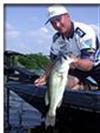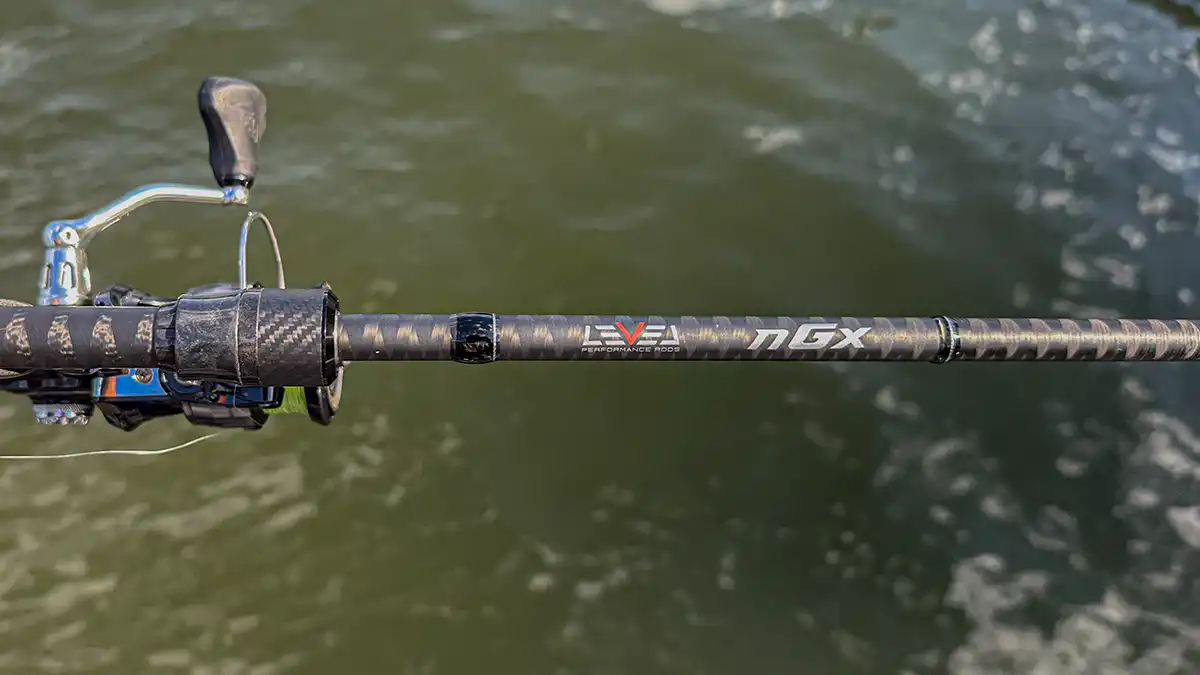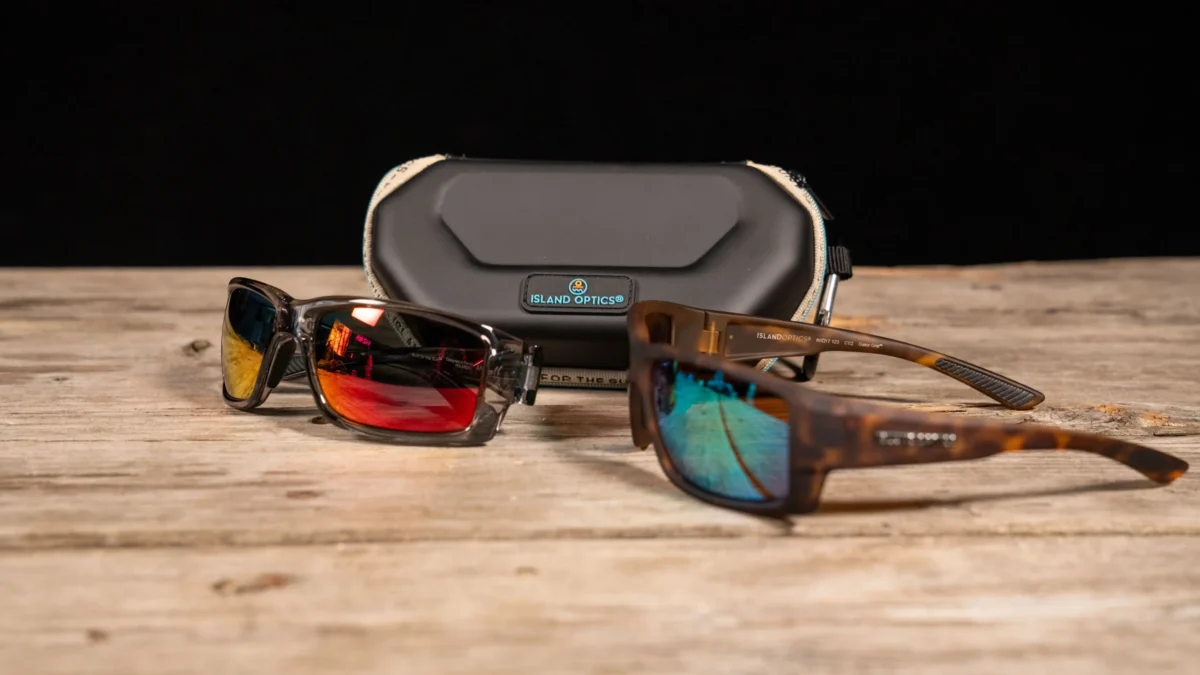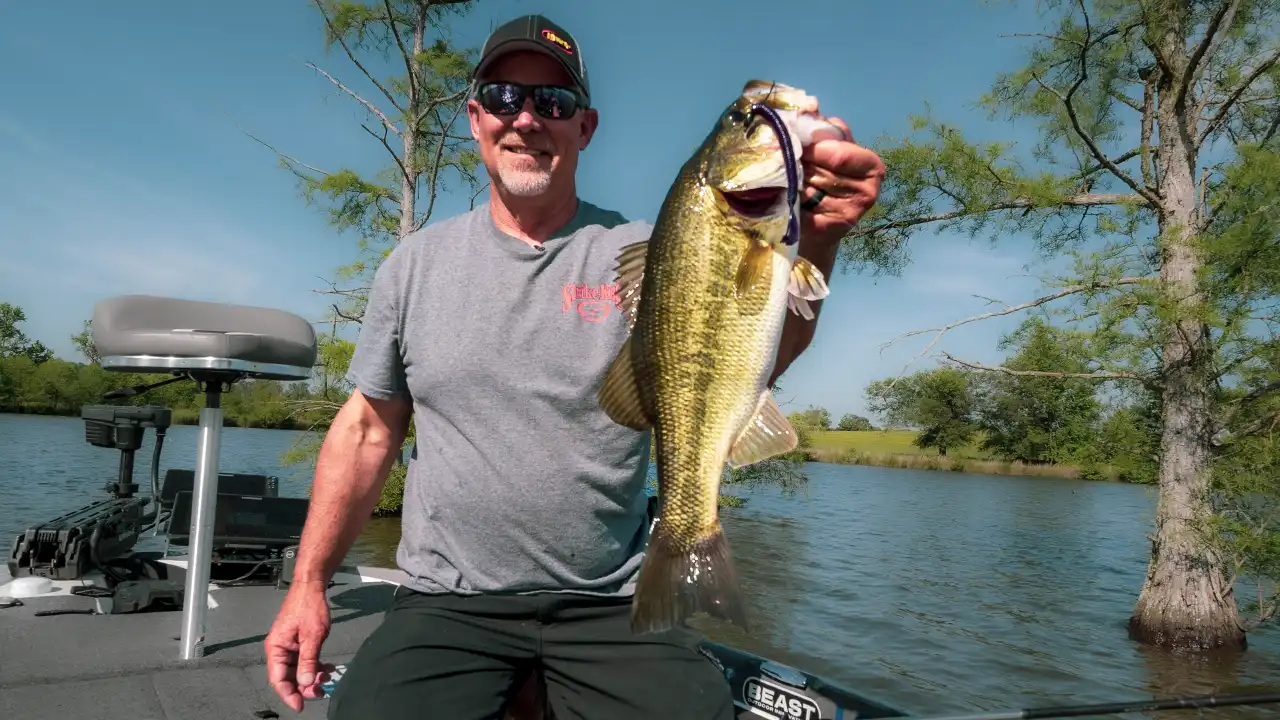Fishing can really be broken down into three parts; the presentation, the bite, and the landing. Without doing all three correctly you are not maximizing your efficiency on the water. Better presentation leads to more bites and more bites leads to more fishin the boat. If one part breaks down the others suffer. We all devote a great deal of time to the first two parts, but often just take the landing for granted and do little to prepare to be successful at it.
Once a fish is hooked, that is when the landing begins. This is perhaps the most fun of any part of fishing, but can also be the most frustrating if the fish comes unhooked. Patients and planning really become important here. Know what your tackle is capable of so you do not put too much pressure on the fish and pay attention to the surrounding cover so the fish will not get tangled in anything. Once the fish is up to the boat you have a decision to make on how to get the fish in the boat, should you swing it in, lip it, or use a net. All can be effective, but being prepared for this situation will help you as an angler and keep the fish in good shape for a release.
Swing It In: A favorite of a lot of tournament guys and probably the quickest way to get fish in the boat. It is great for fish under 4 pounds but any larger than that and you are taking some big chances of losing fish, breaking rods, and many other sad endings. When using this approach be careful not to let the fish drop on the floor of the boat or come in contact with anything, this damages the slime coat of the fish and increases its chances of post release mortality. Nothing looks more unprofessional the swinging a fish in the boat and letting it flop around on the floor while the angler celebrates his catch, take care of the fish then start the hoopla.
Lip It: Great for big fish that are too big for swinging in the boat. Let the fish fight for a while until a bit worn down then reach over the side grab it by the lip and lift it in. There are negatives to this approach including increased chances of getting a hook in your hand and trying to balance on the edge of the boat without joining the fish in the water. Also be careful not to exhaust the fish while wearing them down, this will add a lot of stress to them and increase mortality.
Get the Net: Using a landing net is probably the best way for landing fish for both the well being of the fish and fisherman if you have the proper type net and follow the correct netting rules. First have a net that is wide enough for the fish, not too long to inhibit movement in the boat, strong enough to lift fish, and has rubber mesh netting (or rubber coated) to prevent scraping slime off the fish. When using a net, do not take the dreaded swipe at the fish with the net, that is the biggest cause of losing fish with a net. Keep the net out of the way until the fish is calmed down a bit, then get the net into the water and let the fisherman steer the fish into the net, then lift it up. Do not hit the panic button and start swinging for a fish with a net. If all is done well, you have a fish in the net that is not tangled up, you can unhook it without having your bait caught in the net, and take care of the fish.
Prepare properly to finish what you start when you hook a fish. Know how you want to play fish before you get them on and have that discussion with the people you are fishing with beforehand, that way everyone is on the same page when the action starts. After all a fish that is lost does not go to weigh-in or get put in a photo album.
Net Reviews:
EGO Rubber Mesh: This net is designed well for a tournament angler, especially if you are netting your own fish. The rubber netting is soft enough to take care of the fish and makes it easy to deal with the fish and your bait (no tangled hooks). The strength of the handle and scoop is more than adequate for bass and the grip makes it easy to handle. The fact that it floats is also a nice benefit. The only downside is that it does not collapse for easier storage. Great net to have in the boat.
Frabill Conservation Series 9510: This net is really geared toward releasing a healthy fish. The mesh netting is knot free reducing injuries to fish while in the net. It also has a flat bottom, which helps support the whole fish, which will make them easier to handle and unhook. The handle is light weight and collapses for easier storage. Mesh may tangle baits a bit more than the rubber netting, but not significantly. The mesh netting comes through the water a bit quicker than the rubber netting. This is a great net.
Both of these nets would be welcome in my boat, now I just need to get a big one to bite to use them.










